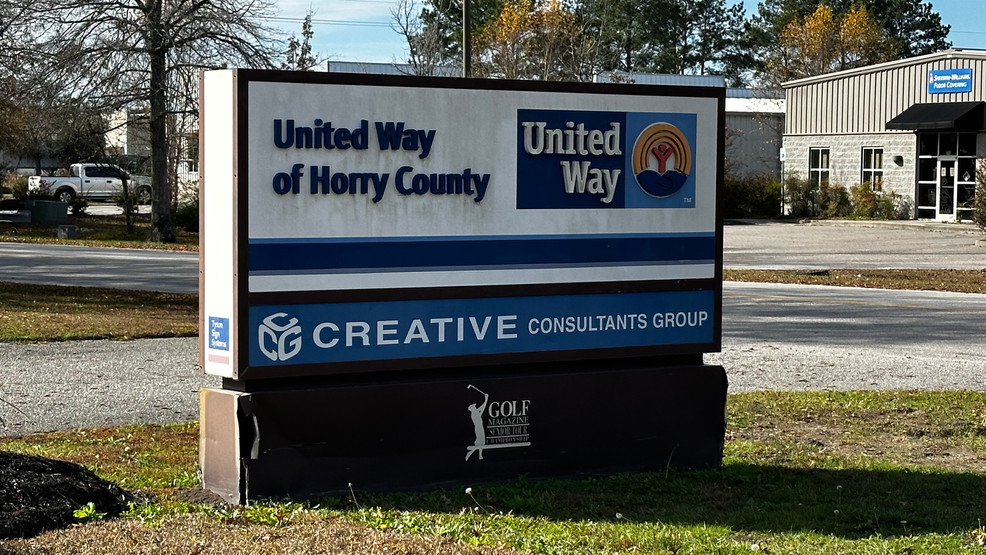
HORRY COUNTY, S.C. (WPDE) — About 11 percent of Horry County is a food desert, which is just higher than the state average of 10 percent according to United Way of Horry County.
As the need for food assistance across the area is changing, the United Way of Horry County in Conway utilizes different partnerships to offer resources where food is needed most.
SUGGESTED: ‘It’s a nightmare:’ Man shares personal story of homelessness in Myrtle Beach
On Saturday, the South Carolina Department of Health and Environmental Control shared a post announcing a map with food deserts across the Palmetto State.
However, the most recent data presented in the map is from 2019, and President and CEO at UWHC, Blakely Roof, said they can’t rely on just agency-curated data to address real-time food assistance needs within Horry.
SCDHEC describes food deserts as, “areas with limited access to a variety of healthy and affordable food.”
Roof said the number of people needing assistance across the county is increasing, but food deserts are shrinking.
SUGGESTED: Darlington Raceway helps to fight food insecurity with Blessings in a Backpack
“The more rural the area, the more likely it’s a food desert. A lot of that, you may think it’d be in like a Green Sea or Loris, but a lot of it is more in the Aynor, Galivants Ferry side of the food deserts,” she said.
Roof said United Way works with dozens of non-profit partners, like Low Country Foodbank, to determine where to target their resources. While data, like the food desert map from SCDHEC and Clemson University, are now sharing 2019 numbers, Roof said they have to rely on more than that.
She explained, “The problem with data is, it’s hard to get everything you need, and then by the time you put it out, it might not be relevant or the most accurate so that’s why I think it’s important for people to talk with the community. You know, see what the people in the community are saying and what partners are saying, things like that. Because to me, that’s real-time data.”
Contacting schools, workplaces, and other nonprofits are consistent avenues Roof said their organization utilizes to understand the food needs of an area, but emphasized community members are their greatest resource.
That’s really how we try to do it, is try to listen to who are we serving and what are they asking for at this time right now?” said Roof. “We can say what we think people need, but unless we hear it directly from them, you don’t know and you can’t assume what people are needing or wanting. You really have to hear it direct from the source.
NEW: Horry County shelter continues holiday foster program this December
Roof said usually when the non-profits look at data for Horry County food insecurity data, they reference a data map from Feeding America.
Right now, the map’s most recent data is from 2021 and shows nearly 38,000 people in Horry County are food insecure.
To locate various local resources for food across the state, click here.
